I threw a picnic in our garden the other day. We were busy with all…
The London Season
If you are a Downton Abbey fan, you certainly remember the London Season and Rose’s Presentation at court. This post gives you more insights into what a London Season looked like.
What is a London Season?
The London Season was a vibrant 3-month social whirl in English society. Its origin laid in the 18th century, however, back then it lasted from December until the end of May. Its programmes were different too: society was entertained at Vauxhall Pleasure Gardens and Covent Garden.
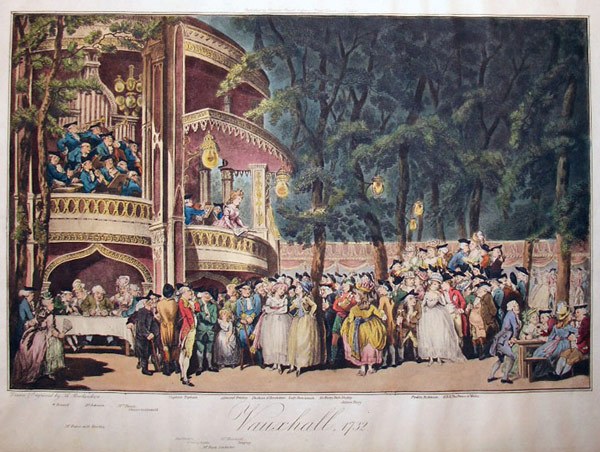
That all changed in the mid-19th century. The wealthiest threw luxury parties in their London mansions, where only the most important members of the society were invited. If someone didn’t know someone who knew the hosts, they couldn’t take part. Of course, the most important balls of all were held by Buckingham Palace and only those were invited who had been introduced already or were their acquaintances.
The Season was an opportunity for the upper class to socialise and network, as well as to find potential husbands for their unmarried daughters. During the Victorian era, the Season also helped wealthy newcomers such as industrialist, financiers and manufacturers to learn the rules of the aristocracy, which ultimately helped them to assimilate.
Programmes of the London Season
Of course, the London Season didn’t only focus on balls and parties. It contained a series of programmes focusing mainly on sports and entertainment: horse racing, tennis, rowing, concerts, flower shows and hunting.
Most of the events that made up the Society Season are still celebrated today – Royal Ascot, Wimbledon, Henley Royal Regatta, Chelsea Flower Show or military bands playing in Hyde Park on Sunday evenings – to name a few.
Many of the upper class loved the vibrant and exciting life of London and only visited their country estates at weekends, others preferred country life. In Downton Abbey, for example, the Crawley family enjoy the London Season but they prefer spending the rest of the year at Downton. Lady Mary finds both lives exciting:
“When I’m in London, I long for Yorkshire, and when I’m here, I ache to hear my heels clicking on the pavement.”
The Season was important for high society, though. It was essential to be seen in London between May and July, just like it was essential not to be seen in London after the season. That was because the wealthy headed North for the beginning of the shooting season on 12th August.
Those who didn’t shoot made sure that they weren’t seen in London. Shutters were shut and they didn’t leave the house for a month.

The London Season changes…
Needless to say that the Season changed over the decades. It was different in the Victorian era, at the beginning of the 20th century and after the Great War.
One of the major changes was the form of transportation. Hyde Park attracted society and the Rotten Row was heaving between 1 and 2 pm. Horse riders would greet each other and ladies would go for a carriage ride. In the evening, they would meet again at balls dressed, wearing their smartest clothes.
Horse riding and carriage rides went out of fashion at the beginning of the 20th century. In Downton Abbey Dowager says:
“No one takes carriage rides in the park anymore. That’s quite gone.”
The Season changed after the Great War too. Many aristocrats were forced to sell their London house or their country estate. But it was not only properties they lost, they also lost the privilege of the Season which now was available for more and more people from different social classes.
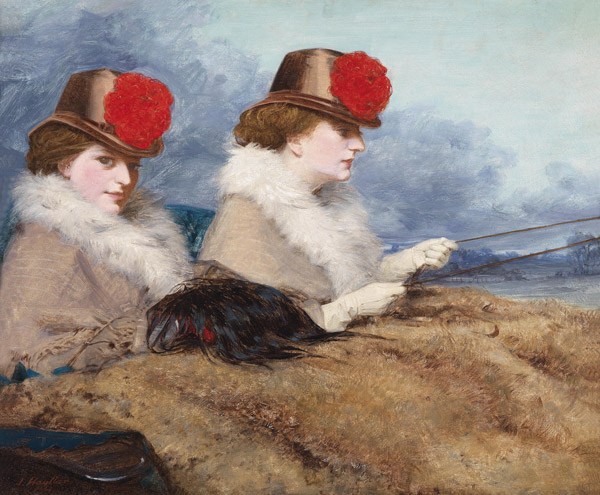
Horse racing, polo
Perhaps two of the most famous horse races are the Epsom Derby and Royal Ascot. At first glance, there might not seem to be any differences between the two events, but there are. Whilst the Derby was the festival of the people, Royal Ascot was the festival of the high society. Gaining access to the Royal Enclosure wasn’t straightforward either: an application had to be submitted to the Lord Chamberlain’s Office.
Ascot is also famous for its extravagant dresses. Just think about the scene at Royal Ascot in My Fair Lady featuring Audrey Hepburn. Only the best dresses would do for Ascot. Beside the Presentation at Court and the Fourth of June Celebration Ascot emphasised differences between society classes the most.
Polo was played at Hurlingham, Roehampton and Ranelagh during the Season. In 1880, the polo match at Ranelagh became memorable as the game was lit by electricity.
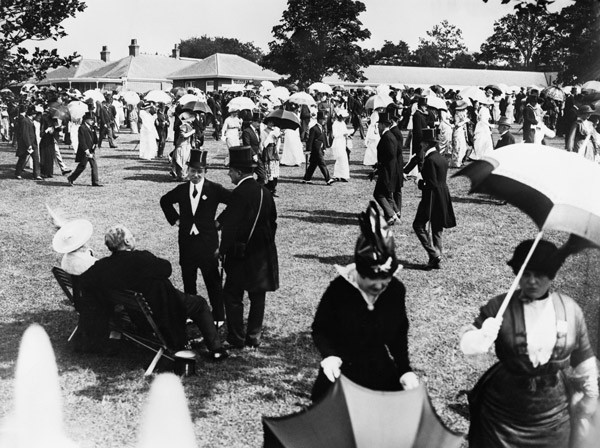
Cricket, rowing, tennis and sailing
The main cricket matches of the Season were the Eton-Harrow and Oxford-Cambridge games. Then there was the Boat Race in London between Oxford and Cambridge. The wealthy could enjoy watching rowing close to the capital, in Henley-on-Thames. Attending the Henley Royal Regatta was more important than watching the rowing, of course.
The first championship at Wimbledon was held in 1877 and it’s the oldest tennis tournament in the world.
Cowes Regatta originates in the Prince Regent’s (the later King George IV) interest in yachting and was established in 1826. It’s been part of the Season since held on the first week of August.
Fourth of June Celebration
Those who had sons studying at Eton would attend the Fourth of June Celebrations, which commemorates George III’s visit to the school. Speeches were given in Greek and Latin, followed by light lunch with smoked salmon, quail in aspic and strawberry ice cream. The highlight of the day was the procession of boats and fireworks in the evening.
The Presentation at Court
The most important event of the Season was the Presentation at Court.
Appearing in front of the sovereign was not new. However, before the 18th century, presentations didn’t focus on young ladies but on young married couples or social or professional promotion.
Young girls were presented at court during the reign of George III at Queen Charlotte’s birthday ball, which was held every year at St James’s Palace.
By the reign of Queen Victoria, young and newly married ladies from noble or diplomatic background were expected to be presented to the monarch before making their entrée into society.
Preparing a Debutante for Presentation
Needless to say, that the appearance was paramount. The Presentation gown played a key role and the latest models were shown in magazines. Those in doubt could ask for advice by sending a letter to the Lord Chamberlain’s Office.
The bobbed hairstyle that has become popular in the 1920s meant a real challenge for hairdressers. They had to use hair extension in the back so that they could attach the three ostrich feathers into the hair. The three ostrich feathers symbolising the Prince of Wales were mandatory accessories until 1930.
Other preparations included learning how to curtsey and dance. During the Victorian era, Mrs Cowper Coles gave dancing and etiquette lessons in her flat at Sloane Square. In the 20th century it was Marguerite Vacani in Knightsbridge who taught ladies how to make a curtsey and dance. Queen Elizabeth II and Princess Margaret learnt to dance here.
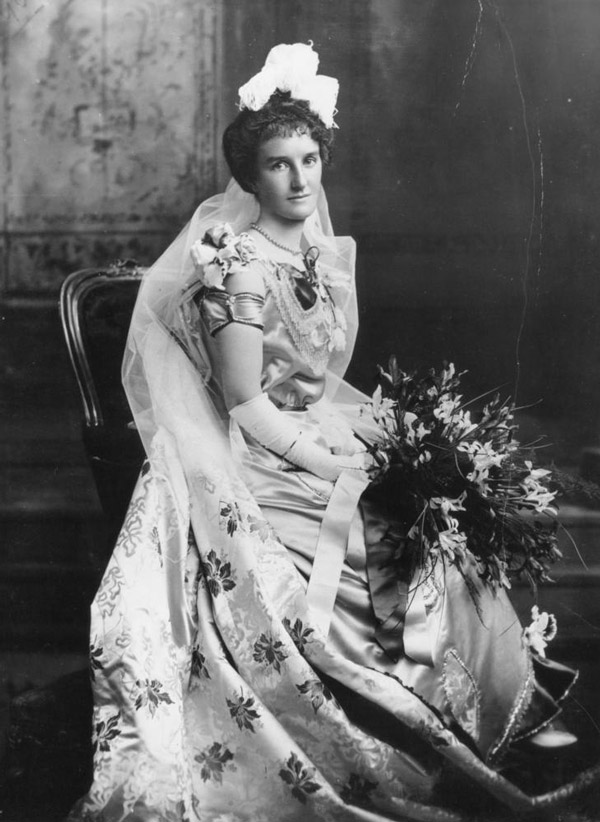
The Presentation
These preparations sound exhausting, but getting into Buckingham Palace was even more exhausting. Debutantes had to queue six hours in their carriages to get entry and there were no refreshments once they entered the palace. There was only a chamber pot placed behind a screen – well, that’s all about privacy.
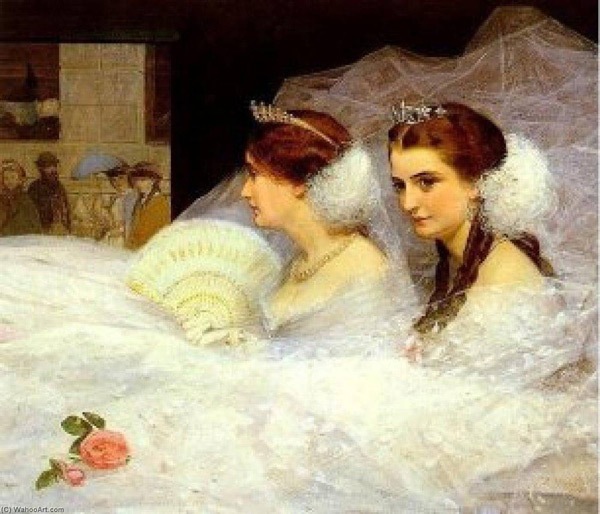
The presentation started at 3pm during the reign of Queen Victoria, and it lasted for 3 hours. Daughters of peers had priority, and they had to greet the queen with a kiss on the cheek. The rest were expected to curtsey and to kiss the Queen’s hand.
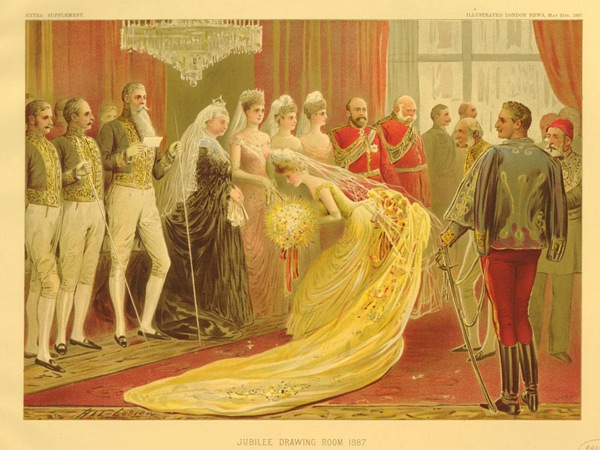
Debutantes were photographed after the Presentation and photographers often worked until 1am. It was necessary to get it done so that the photographs could appear in the newspapers and magazines along with the list of Debutante’s names.
An era comes to an end…
Presentations were abolished by Queen Elizabeth II and the last one was held in 1958. According to Princess Margaret, “We had to put a stop to it. Every tart in London was getting in.”
Others blame Prince Philip, who said the Queen had a busy schedule, and she also had to meet different classes of the society.
But times were changing as well… Ballroom dances went out of fashion, and indeed a Presentation would have appeared rather strange in the middle of the Hippy or Punk era… At least apart from the Presentation we still have most of the Season’s programmes to enjoy.




Comments (0)